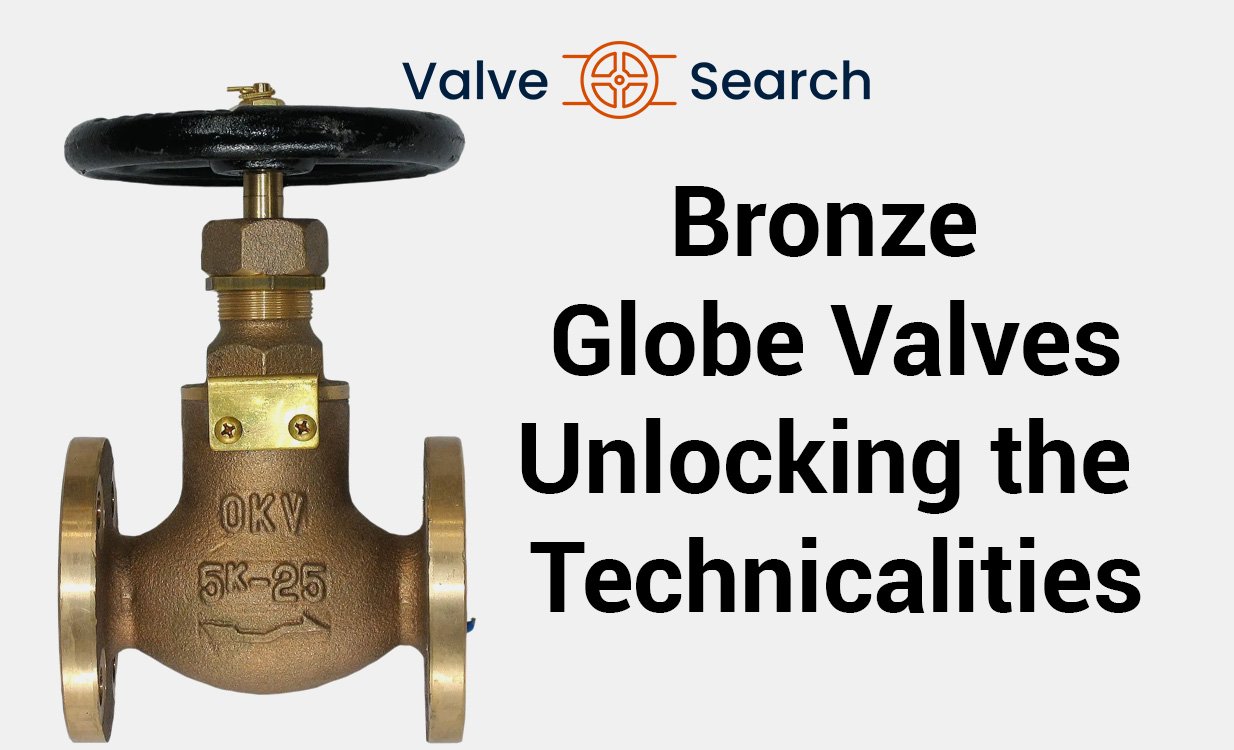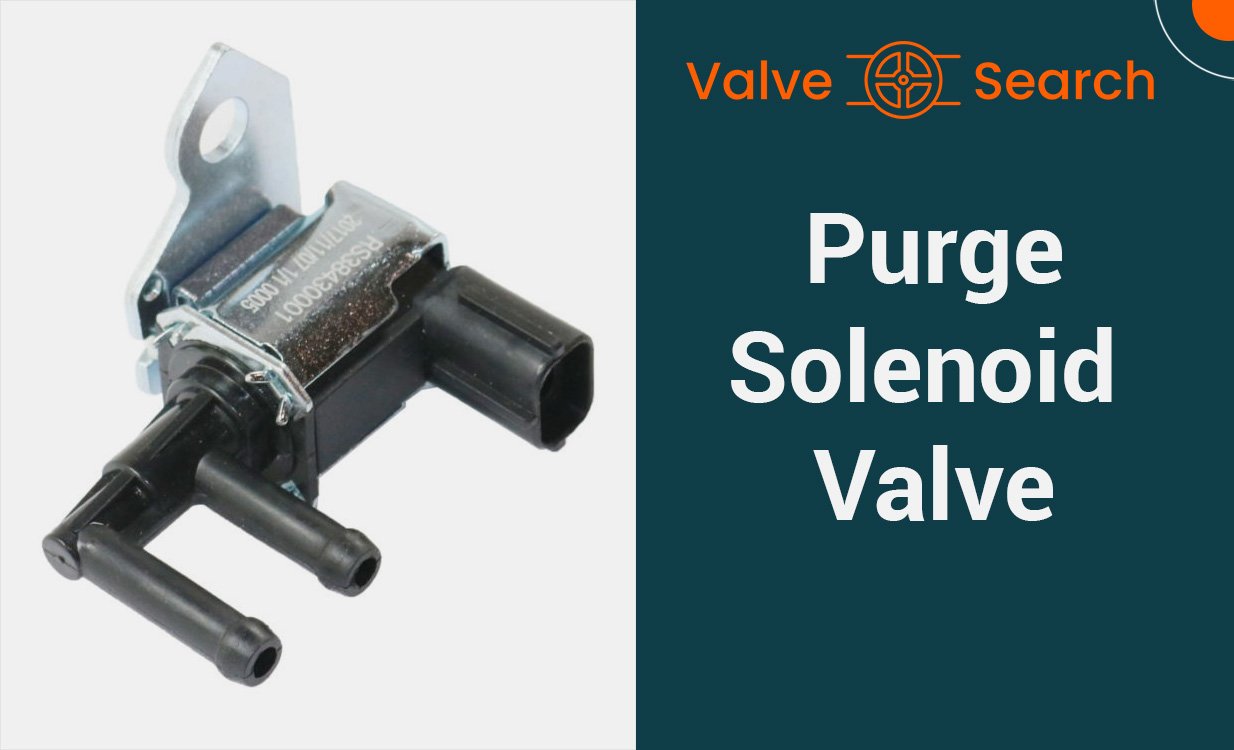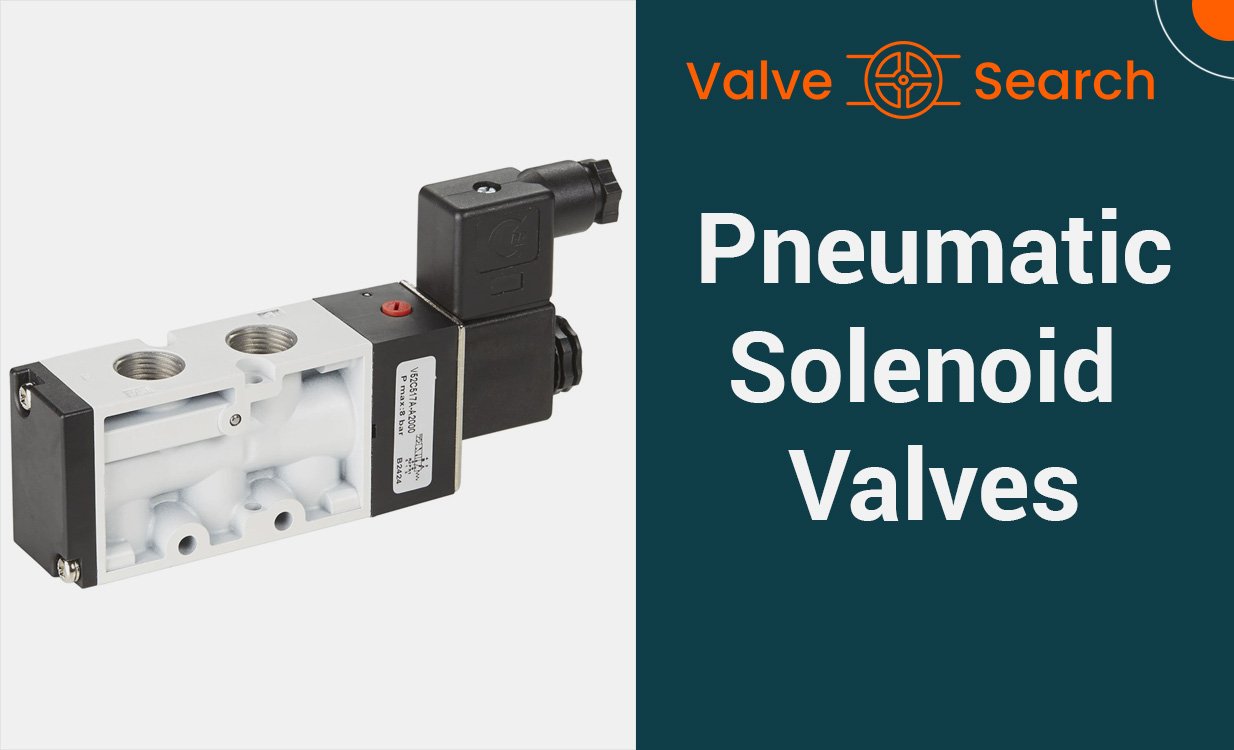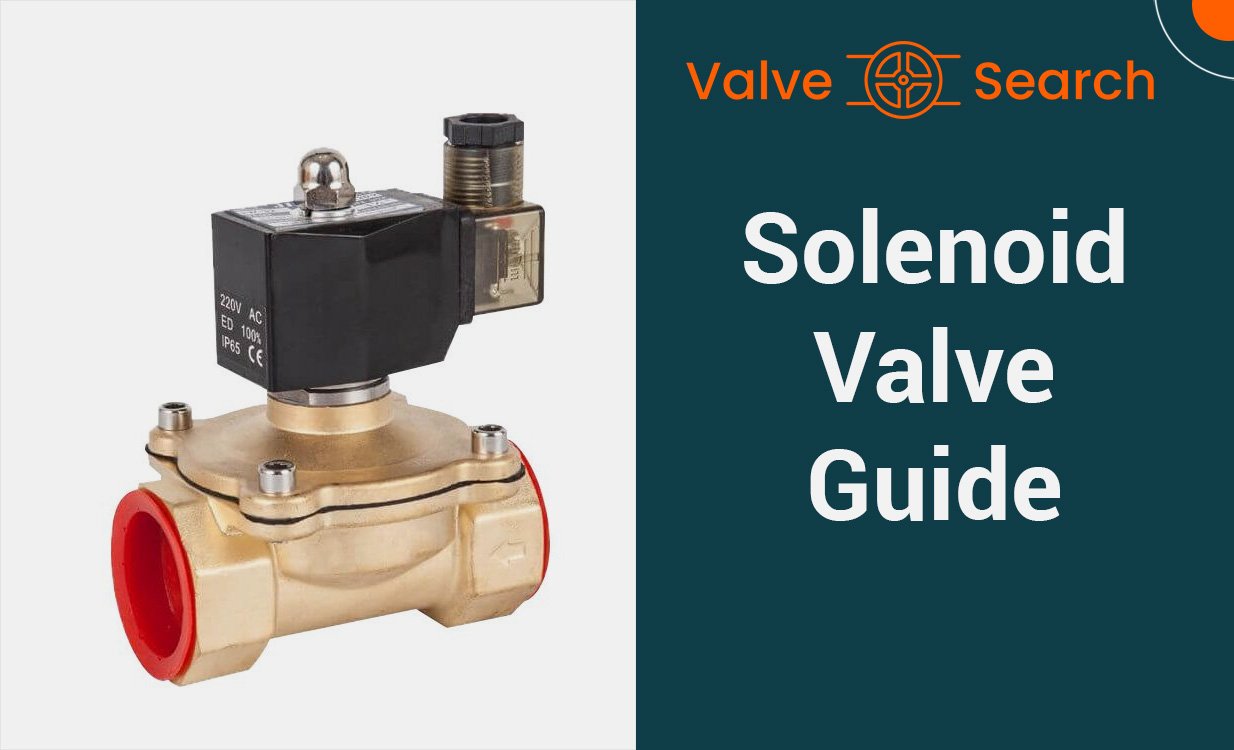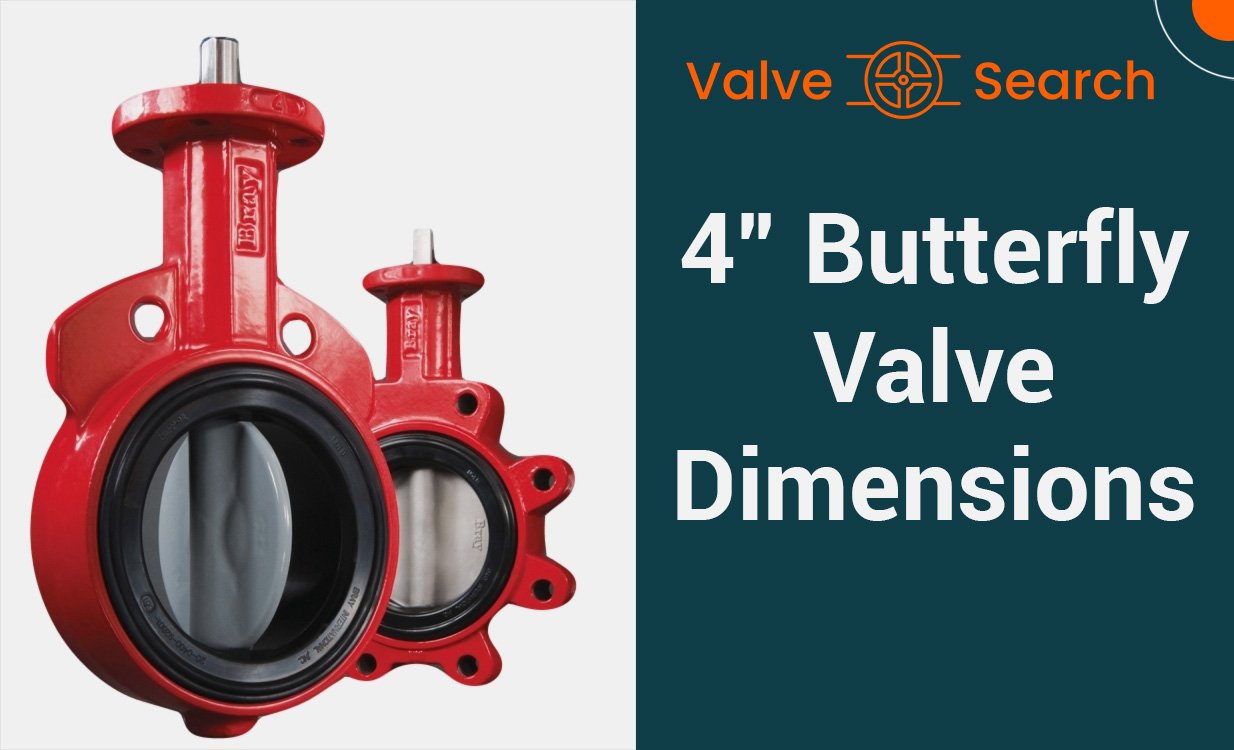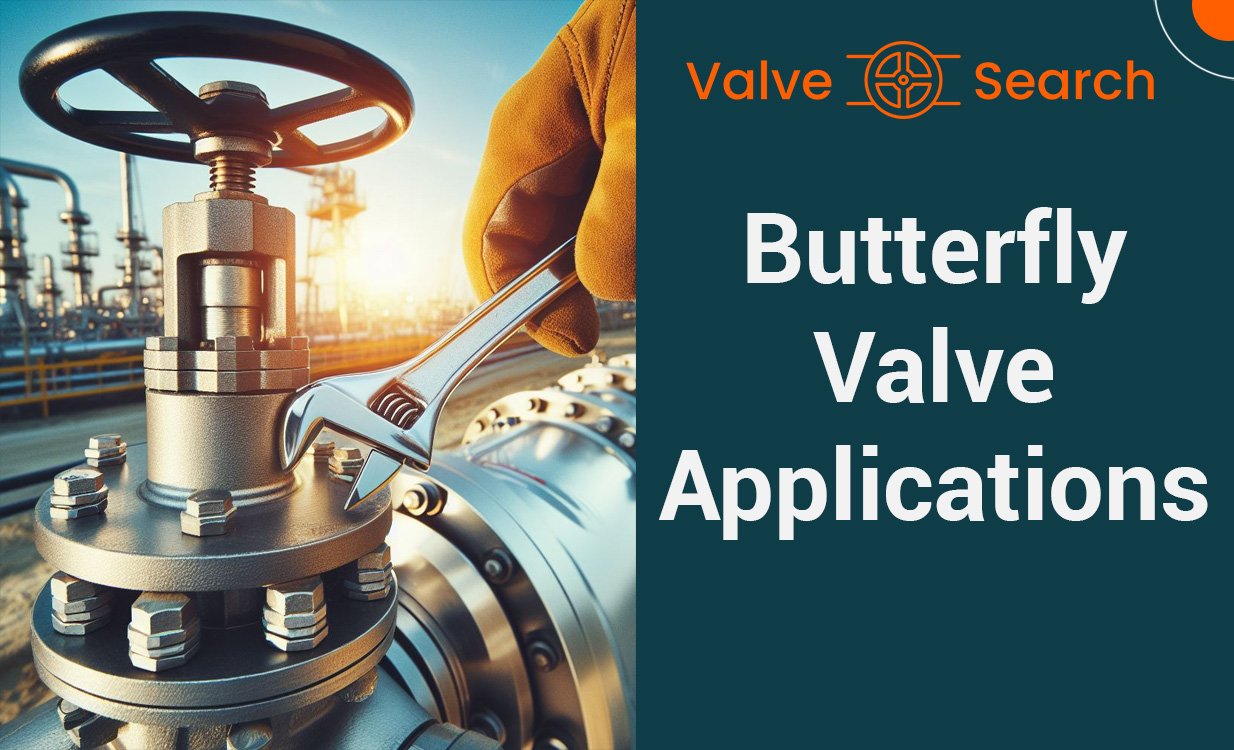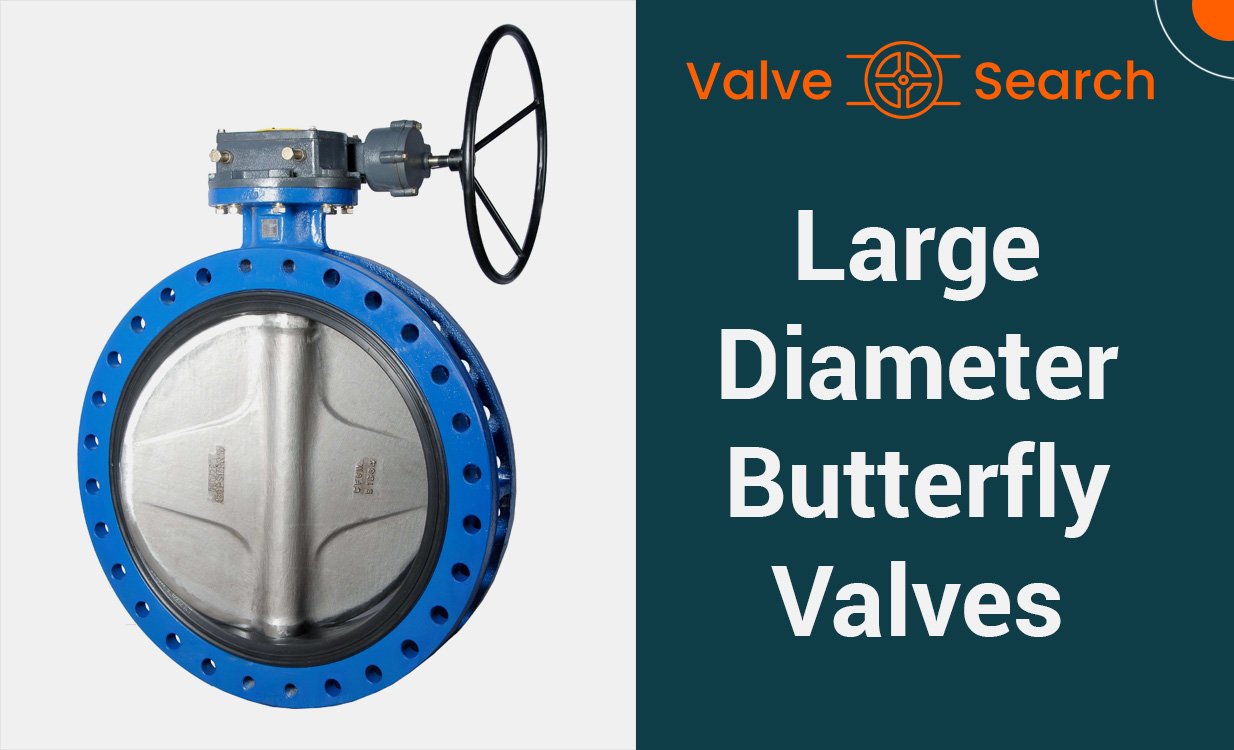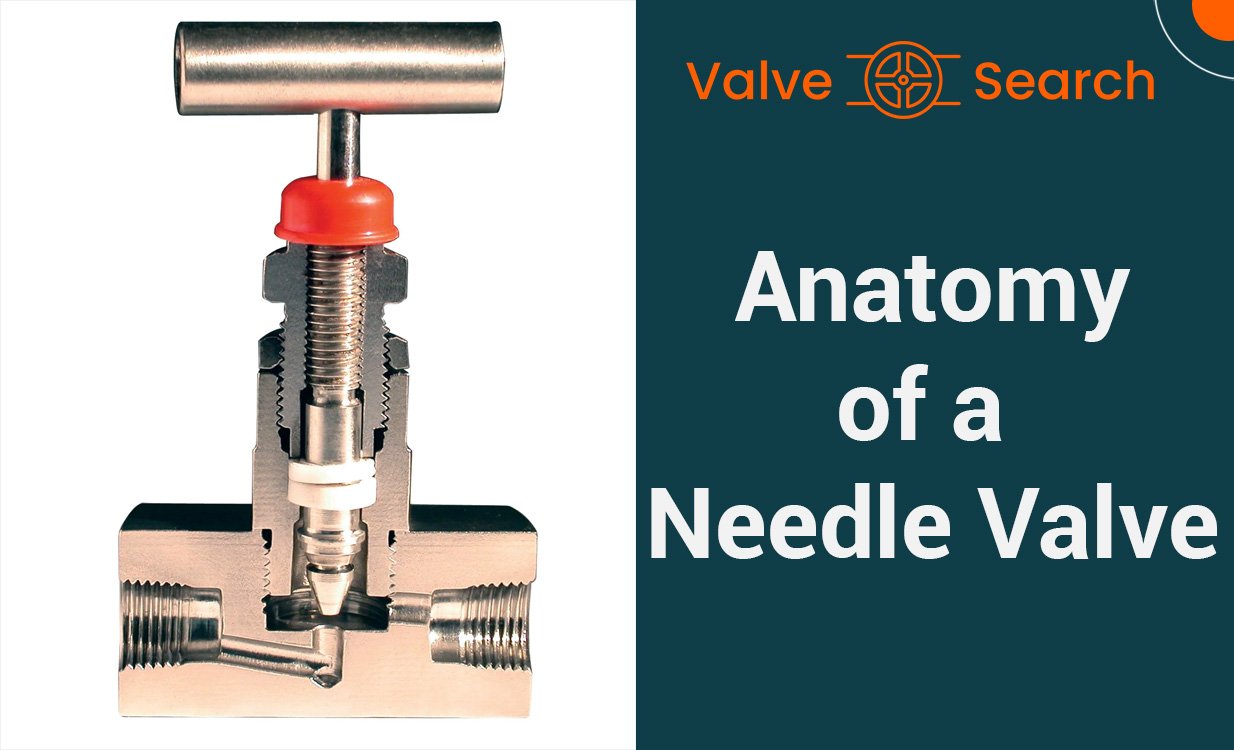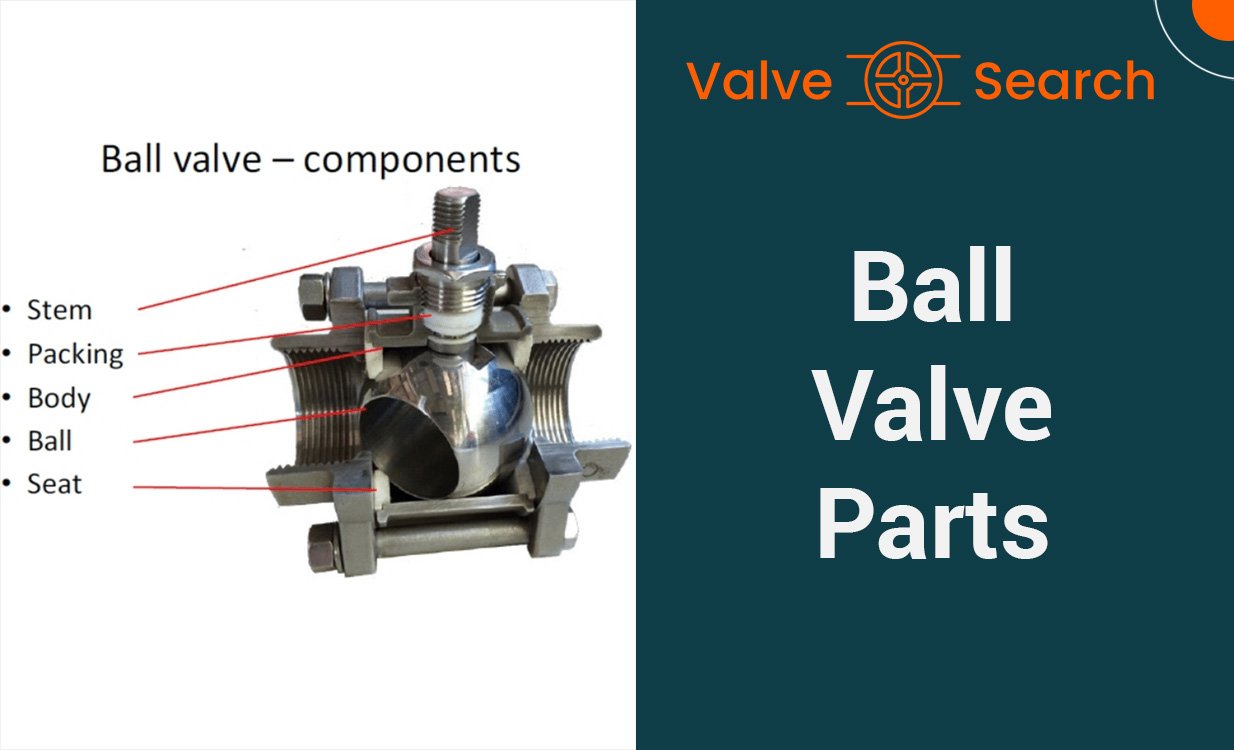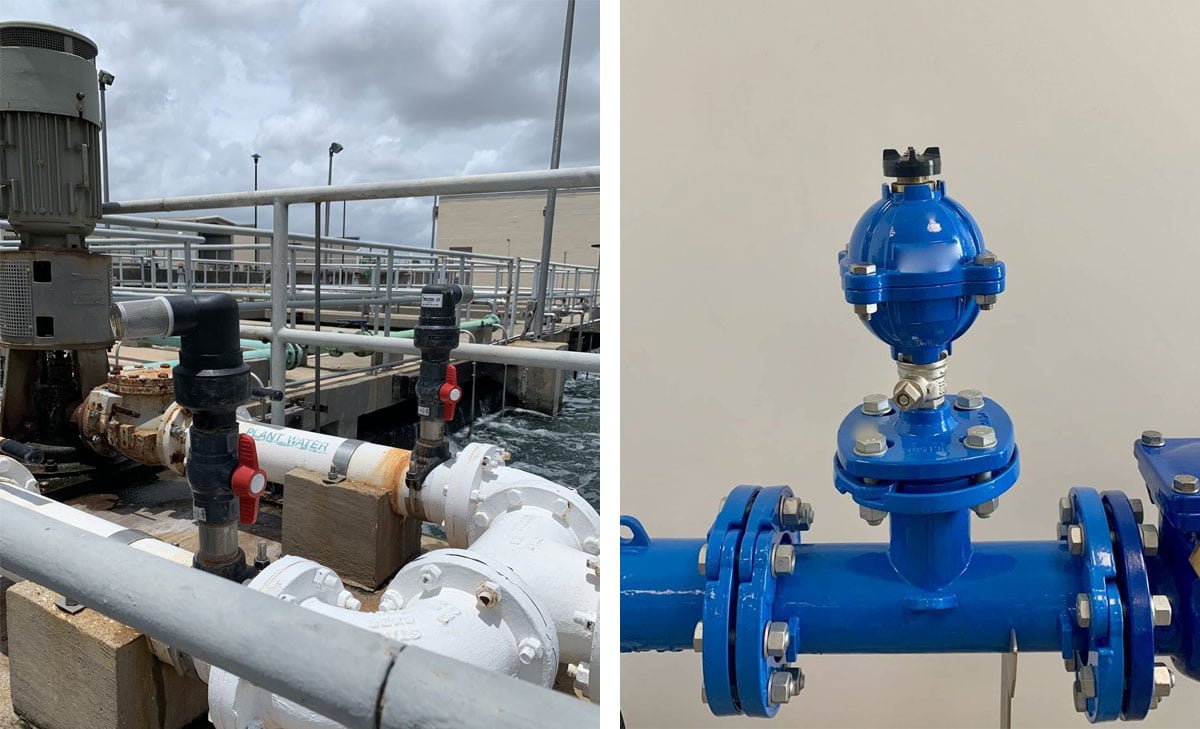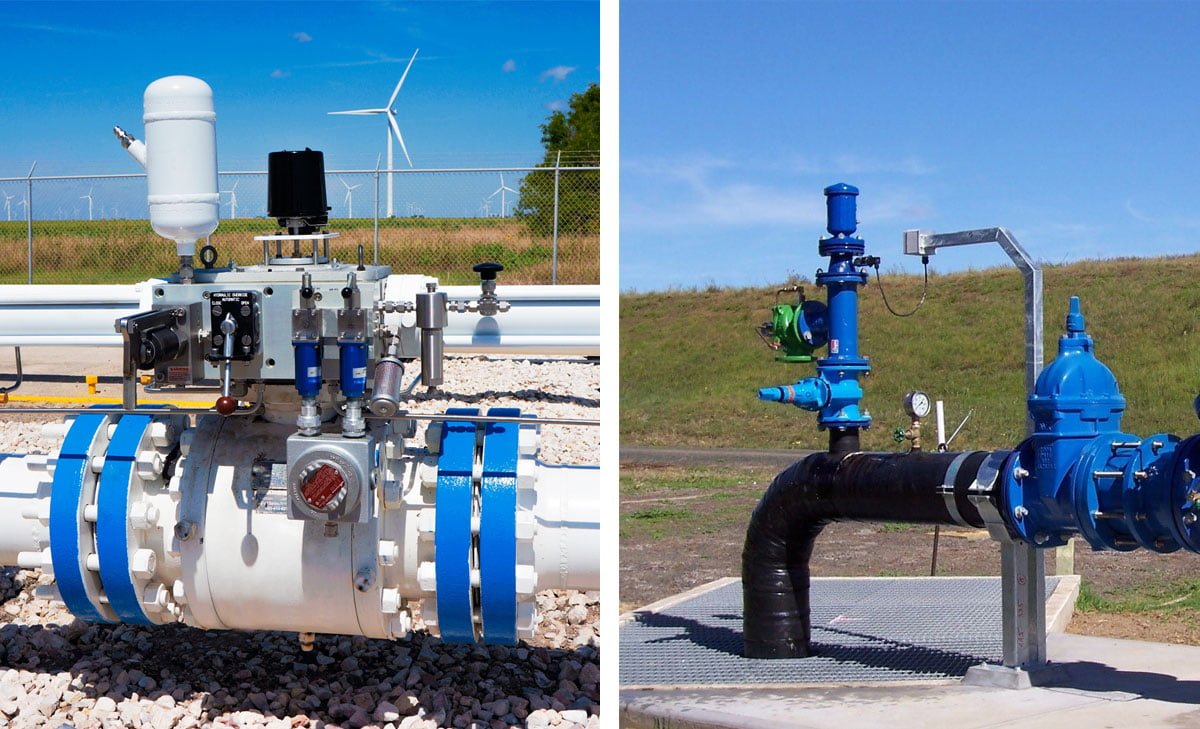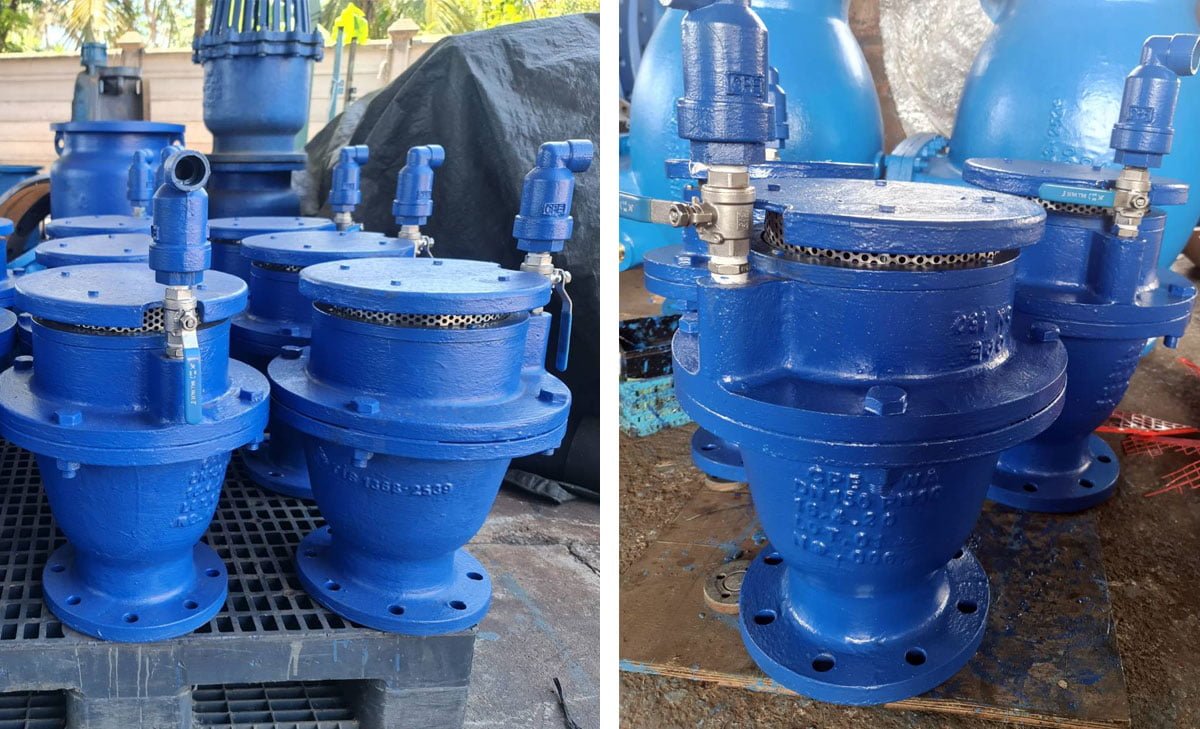Air/Vacuum Valves: Maintaining Optimal Water Pressure and Flow

Table of Contents
ToggleMaintaining Optimal Water Pressure and Flow with Air/Vacuum Valves
Air and vacuum valves play a crucial role in maintaining optimal water pressure and flow in pipeline infrastructure. When air and vacuum accumulate in water mains, it can lead to significant operational challenges and potential consequences. These issues can arise from various sources, including empty pipelines, air in the fluid, and mechanical equipment. The consequences of air and vacuums in pipelines can range from reduced pumping efficiency and pipeline corrosion to faulty metering and instrumentation devices, air hammer, and potential pipe failure. Understanding the functions and maintenance of air and vacuum valves is essential for ensuring the efficient and safe operation of water supply networks.
Understanding Air/Vacuum Valves in Water Systems
When considering the dynamics of water systems, it’s crucial to understand the pivotal role that air/vacuum valves play in maintaining optimal pressure and flow. These valves are designed to prevent vacuum formation by allowing air to enter the system and release air and gases during operation. Here’s a closer look at the function and operation of air/vacuum valves in water systems.
The Role of Air/Vacuum Valves
Air/vacuum valves are an essential component of water systems, responsible for preventing vacuum formation and air accumulation. When pipelines experience change in pressure, such as during water hammer events or pump shutdowns, air/vacuum valves ensure that air is admitted into the system to prevent the formation of damaging vacuum conditions. Furthermore, these valves expel unwanted air and gases during system operation, maintaining efficiency and structural integrity.
How Air/Vacuum Valves Work
Air/vacuum valves operate on a simple yet effective principle. When air accumulates in a pipeline, the valve automatically opens to release the air. Conversely, when the system experiences a vacuum condition, the valve admits air to prevent potential damage. This automatic air release and intake mechanism ensures that water pressure and flow remain within optimal parameters, safeguarding the integrity of the entire water distribution network.
By comprehending the pivotal role and operational principles of air/vacuum valves, water system operators can effectively maintain the desired pressure and flow, ultimately ensuring the efficient and reliable delivery of water to consumers.
The Importance of Maintaining Optimal Water Pressure
Water pressure plays a critical role in the efficient operation of a plumbing system. Both high and low water pressure can lead to various issues that can compromise the integrity of the system and the comfort of individuals residing in the property. It is essential to understand the effects of both high and low water pressure to ensure the maintenance of an optimal level.
Effects of High Water Pressure on Pipes
Excessive water pressure can cause a range of detrimental effects on the plumbing infrastructure. The force exerted by high water pressure can lead to the following issues:
- Pipe Damage: Prolonged exposure to high water pressure can result in damage to the pipes, leading to leaks, bursts, and structural weakness. This can necessitate costly repairs and replacements.
- Appliance Malfunction: High water pressure can cause stress on various appliances connected to the plumbing system, such as water heaters, dishwashers, and washing machines. This stress can lead to frequent breakdowns and reduced operational lifespan.
- Leakages and Wastage: The increased pressure can cause leaks in the plumbing system, leading to wastage of water and potential water damage in the surrounding areas.
Risks of Low Water Pressure
While high water pressure poses its own set of challenges, low water pressure can also have detrimental effects on the plumbing system:
- Inadequate Flow: Low water pressure results in inadequate flow from faucets and showerheads, impacting daily activities such as bathing, cooking, and cleaning.
- Appliance Inefficiency: Appliances reliant on a steady water supply, such as washing machines and dishwashers, may not operate optimally under low water pressure, leading to subpar performance and potential damage to the appliances.
- Clogging and Sediment Buildup: Low water pressure can contribute to an accumulation of sediments and clogging in the plumbing system, resulting in reduced water quality and potential maintenance issues.
Understanding the implications of both high and low water pressure underscores the significance of maintaining optimal water pressure levels in a residential or commercial property. Regular monitoring and appropriate interventions can help mitigate these risks and ensure the smooth functioning of the plumbing system.

The Advantages of Air/Vacuum Valves in Water Systems
Air/vacuum valves play a critical role in maintaining the efficiency and functionality of water systems. These valves offer several advantages that are crucial for the proper operation and longevity of water distribution systems.
- Preventing Air Locks: Air/vacuum valves help in preventing air locks within the water distribution system, which can hinder the flow of water and lead to inefficiencies in the system.
- Maintaining System Efficiency: By automatically releasing air and preventing vacuum formation, these valves ensure that the water system operates at optimal efficiency, reducing the risk of damage and operational issues.
- Protection Against Pipe Damage: Air/vacuum valves protect the water distribution system from potential damage that can be caused by the negative pressure created by water column separation.
- Enhancing Pump Performance: These valves contribute to enhancing the performance of pumps by maintaining the appropriate pressure levels within the system, thus reducing the load on the pumping equipment.
- Preventing Corrosion: By minimizing the presence of air in the system, air/vacuum valves help in preventing corrosion within the pipes and other components of the water distribution network.
- Increasing System Longevity: The use of air/vacuum valves contributes to the overall longevity of the water distribution system by reducing the likelihood of issues such as pipe corrosion and air-related damage.
- Minimizing Water Hammer: Effective air/vacuum valves help in minimizing the occurrence of water hammer, which can cause stress and damage to the pipes and other system components.
- Improving Water Quality: These valves assist in maintaining the quality of the distributed water by preventing the introduction of air and potential contaminants into the system.
In conclusion, the incorporation of air/vacuum valves in water systems is essential for ensuring operational efficiency, preventing damage, and prolonging the lifespan of the overall infrastructure. These valves play a crucial role in maintaining the integrity and functionality of water distribution systems, making them indispensable components in the field of water management and infrastructure maintenance.
The Impact of Air/Vacuum Valves on Water Flow
Air/vacuum valves play a crucial role in maintaining optimal water pressure and flow within a water distribution system. These valves enhance water flow efficiency, prevent water hammer, and protect the system from damage.
Enhancing Water Flow Efficiency
Air/vacuum valves are designed to remove air pockets and prevent vacuum formation in pipelines, ensuring a continuous and efficient flow of water. By eliminating air and maintaining consistent pressure, these valves contribute to the smooth operation of the system, minimizing disruptions and optimizing water flow.
Preventing Water Hammer and System Damage
One of the primary functions of air/vacuum valves is to prevent water hammer, a hydraulic shock that occurs when the flow of water is suddenly halted or diverted within the system. By releasing air and maintaining stable pressure, these valves mitigate the risk of water hammer, protecting the pipelines, pumps, and other system components from potential damage. Additionally, by preventing vacuum formation, air/vacuum valves help safeguard the integrity of the system, reducing the likelihood of pipe collapse or structural failure caused by excessive negative pressure.
By ensuring enhanced water flow efficiency and preventing water hammer and system damage, air/vacuum valves play a vital role in maintaining the overall performance and longevity of water distribution systems.

Types of Air/Vacuum Valves
Single-Orifice Air Valves
Single-orifice air valves are designed with a single opening for air release. They are commonly used in water pipelines to release large volumes of air during filling and to enable air intake during drainage. These valves are essential for preventing air buildup, which can lead to reduced water pressure and flow. Single-orifice air valves are simple in design and are effective for managing air in pipelines, ensuring optimal water pressure and flow.
Double-Orifice Air Valves
Double-orifice air valves feature two separate orifices, one for air intake and the other for air release. These valves are particularly effective in managing air entrapment in pipelines, as they allow for the controlled release of air without compromising the system’s efficiency. By incorporating dual orifices, these valves can handle varying air volumes, ensuring consistent water pressure and flow. The design of double-orifice air valves contributes to the overall stability and performance of water distribution systems.
Kinetic Air Valves
Kinetic air valves are designed to release large volumes of air rapidly from water pipelines, particularly during the filling process. Unlike other air valves, kinetic air valves utilize kinetic energy to expel air from the system, ensuring efficient air release without causing water hammer or pressure surges. These valves are essential for maintaining optimal water pressure and flow, especially in large-scale water distribution networks. Kinetic air valves play a crucial role in managing air pockets, safeguarding the integrity of the pipeline, and promoting consistent water supply to end-users.
Incorporating a variety of air/vacuum valves, including single-orifice, double-orifice, and kinetic valves, into water distribution systems is essential for maintaining optimal water pressure and flow. Each type of valve serves a specific purpose in managing air within pipelines, contributing to the overall efficiency and performance of water distribution networks.
Installation of Air/Vacuum Valves
Air/vacuum valves are essential components in maintaining optimal water pressure and flow within irrigation systems. Proper installation is critical to ensure the functionality and efficiency of these valves. This section will cover the selection of the right valve for your system, proper placement in the water network, and installation best practices.
Selecting the Right Valve for Your System
When choosing an air/vacuum valve for your irrigation system, consider factors such as the pipe diameter, flow rate, and the specific requirements of your system. It’s important to select a valve that is suitable for the operating pressure and flow conditions of the pipeline. Additionally, consider the material of the valve to ensure compatibility with the pipeline material and the substances being transported.
Proper Placement in the Water Network
The placement of air/vacuum valves within the water network is crucial for their optimal performance. Valves should be installed at high points in the pipeline to efficiently release air and prevent vacuum formation. It is essential to identify the locations in the system where air accumulation is most likely to occur and install the valves strategically to address these areas.
Installation Best Practices
When installing air/vacuum valves, it is important to ensure that they are positioned vertically to facilitate proper operation. Maintaining the vertical orientation of the valves within 5 degrees is essential for the effective performance of the float mechanism. Proper connection to the pipeline, utilizing methods such as welding threaded sockets, fitting tapping saddles, or installing tees, is crucial to ensure a secure and efficient installation.
In addition, fitting a collection chamber to trap air and installing air valves alongside bends or elbows are recommended practices to enhance the overall performance of the irrigation system.
Remember, the successful installation of air/vacuum valves is fundamental to maintaining optimal water pressure and flow, ultimately maximizing the efficiency of the entire irrigation network.
Maintenance of Air/Vacuum Valves
Routine Inspection and Cleaning
Regular maintenance of air/vacuum valves is crucial for optimal water pressure and flow. Begin by scheduling routine inspection and cleaning to ensure these valves function efficiently. Upon inspection, look for signs of corrosion, dirt, or debris that may impede the valve’s performance. Clean the valves carefully, ensuring that all components are free from buildup and blockages. Implementing a proactive approach to maintenance can prevent potential issues and prolong the lifespan of the valves.
Troubleshooting Common Valve Problems
When maintaining air/vacuum valves, it’s essential to address common problems that may arise. Look out for issues such as leaks, reduced pressure, or irregular water flow. In the event of a leak, check for loose connections or damaged seals and gaskets. Additionally, reduced pressure may indicate a blockage, while irregular flow could be due to valve malfunctions. By identifying and troubleshooting these common problems promptly, you can prevent further damage and ensure consistent water pressure and flow.
When to Replace Air/Vacuum Valves
Knowing when to replace air/vacuum valves is a critical aspect of maintenance. Keep an eye out for signs such as severe corrosion, irreparable damage, or persistent malfunctions despite troubleshooting efforts. If routine maintenance and troubleshooting no longer remedy the issues, it may be time to consider replacing the valves. Regularly assessing the condition of the valves and recognizing the indications for replacement is vital in maintaining optimal water pressure and flow.
Case Studies: Success Stories and Lessons Learned
Residential Water Systems
In a residential setting, air/vacuum valves have proven to be crucial in maintaining optimal water pressure and flow. In instances where water hammer and air accumulation in pipes were prevalent, the installation of air/vacuum valves resulted in a significant reduction of pressure fluctuations and improved flow control. Homeowners have reported a noticeable decrease in plumbing issues such as noisy pipes and uneven water distribution after the implementation of air/vacuum valves.
Municipal Water Systems
Municipal water systems have also reaped the benefits of utilizing air/vacuum valves. By incorporating these valves into their infrastructure, municipalities have experienced enhanced operational efficiency and minimized downtime. The prevention of air entrapment and vacuum formation in the water distribution network has led to improved water quality and reduced the need for frequent maintenance, resulting in substantial cost savings.
Industrial Applications
In industrial settings, the utilization of air/vacuum valves has brought about a notable positive impact on water pressure and flow management. Factories and manufacturing facilities have witnessed a significant decrease in system disruptions due to water hammer, ensuring continuous and uninterrupted production processes. The implementation of air/vacuum valves has proven to be instrumental in maintaining consistent water pressure, thereby optimizing the overall operational productivity.
Air/Vacuum Valve FAQ
What is the purpose of an air vacuum valve?
Air/Vacuum Valves, also known as “large orifice valves,” are utilized to allow large volumes of air to be exhausted from or admitted into a water pipeline as it is being filled or drained.
What sets apart a combination valve from an air vacuum valve?
Air admittance valves provide air to prevent a vacuum from forming in the pipeline system. They admit air into the system to counter the negative pressure causing the vacuum. A combination valve performs the function of both the air and the vacuum valve.
What role does a vacuum valve play?
A vacuum valve is a device mounted in a supply or exhaust line of a vacuum system. It is usually used to isolate vacuum areas such as process chambers, or to control incoming and outgoing gas volumes. Vacuum valves can be operated manually, pneumatically, electropneumatically, electrically, or electromagnetically.
Where should air vac air release valves be located?
Proper installation is critical to the operation of air release valves. Because these valves are designed to release air from the piping system, they should be placed where the air is most likely to collect. Install them at system high points in the vertical position with the inlet down.
Conclusion
Air and vacuum valves play a crucial role in maintaining optimal water pressure and flow in pipeline infrastructure. By effectively removing air and preventing vacuum formation, these valves help to ensure the efficient operation and longevity of the system. The consequences of air and vacuums in pipelines can be severe, leading to reduced pumping efficiency, pipeline corrosion, faulty instrumentation, air hammer effects, and potential pipe failure. It is essential to implement proper maintenance and monitoring of air and vacuum valves to mitigate these issues and ensure the smooth functioning of water supply networks.

